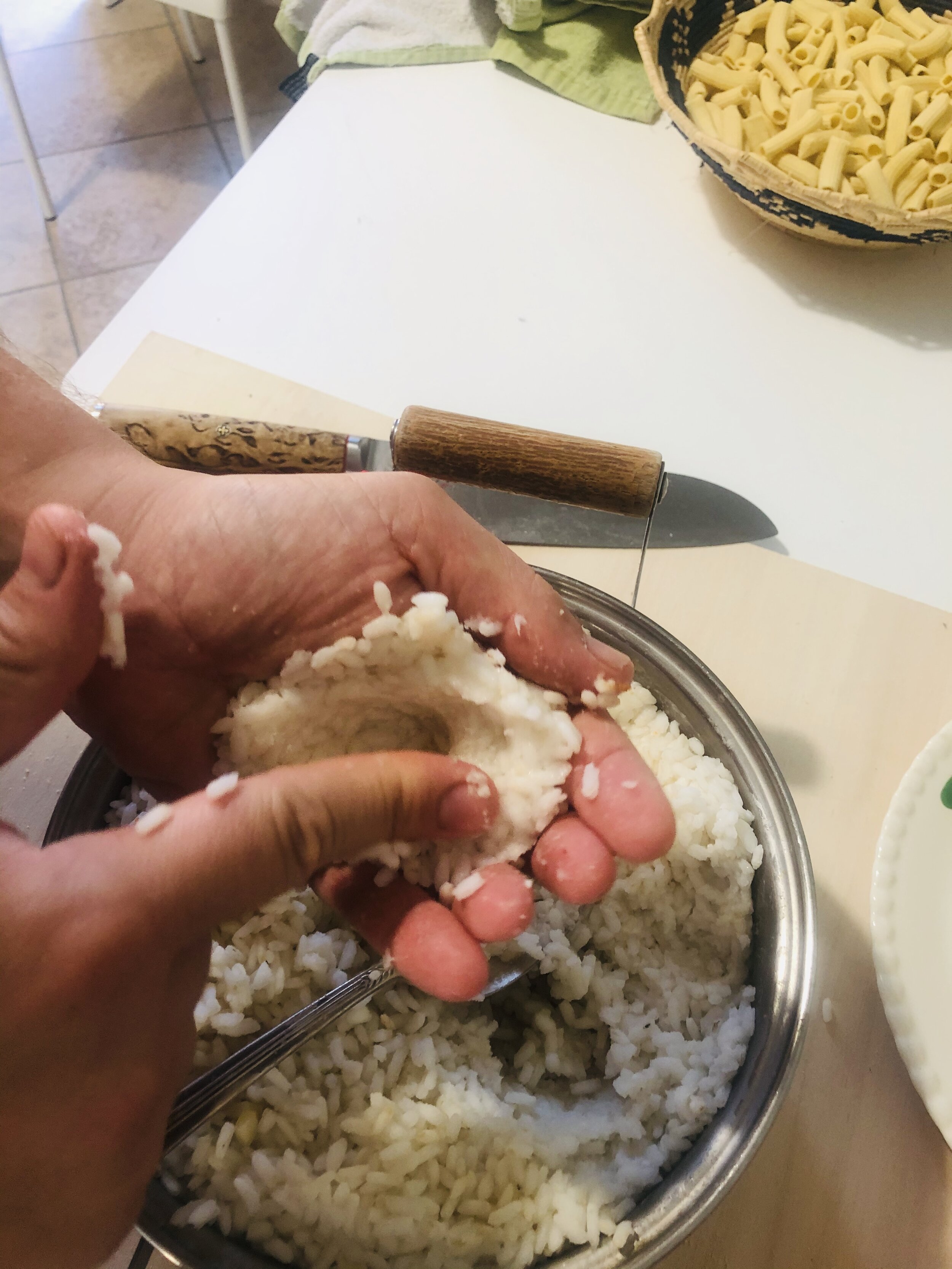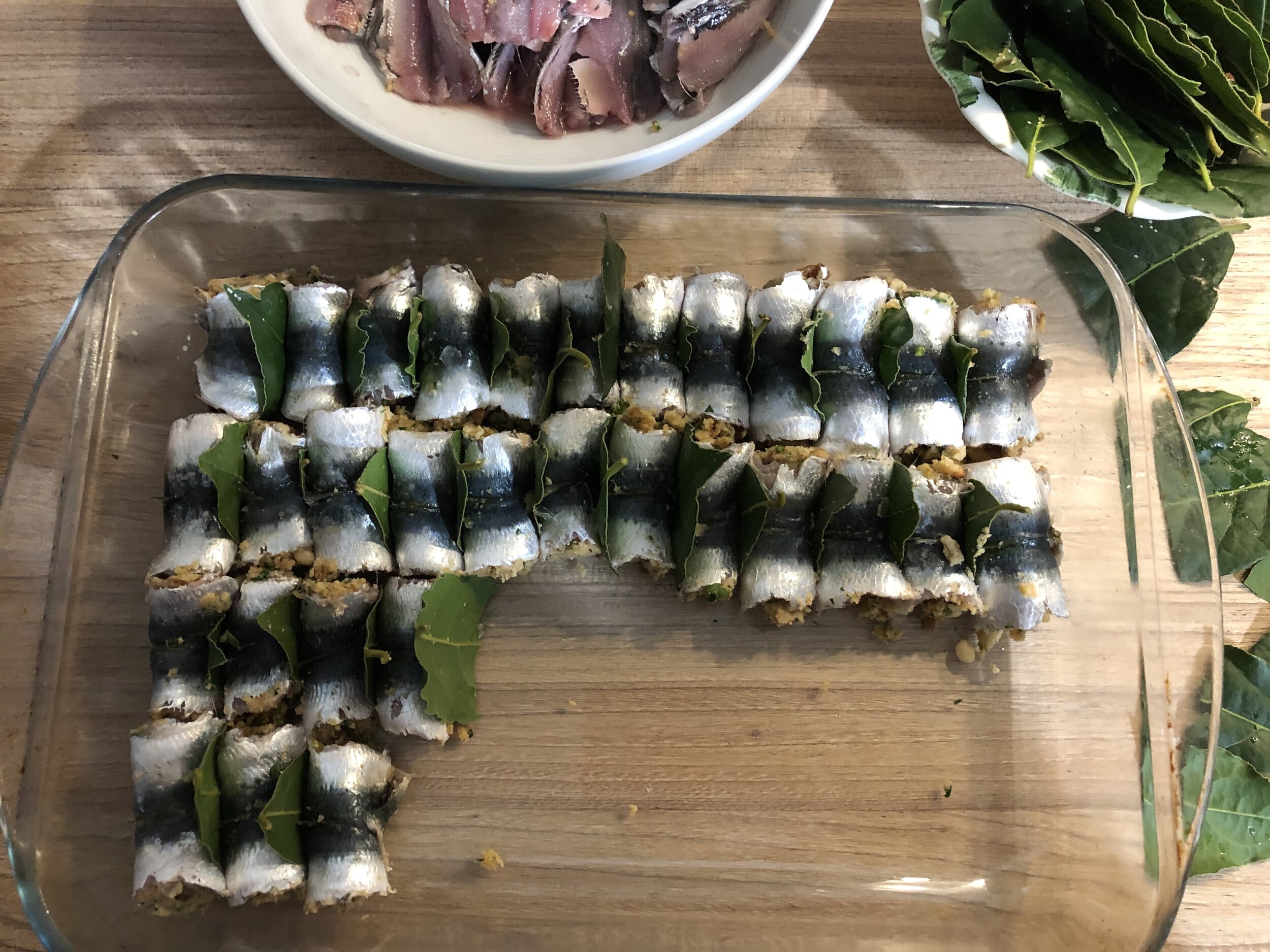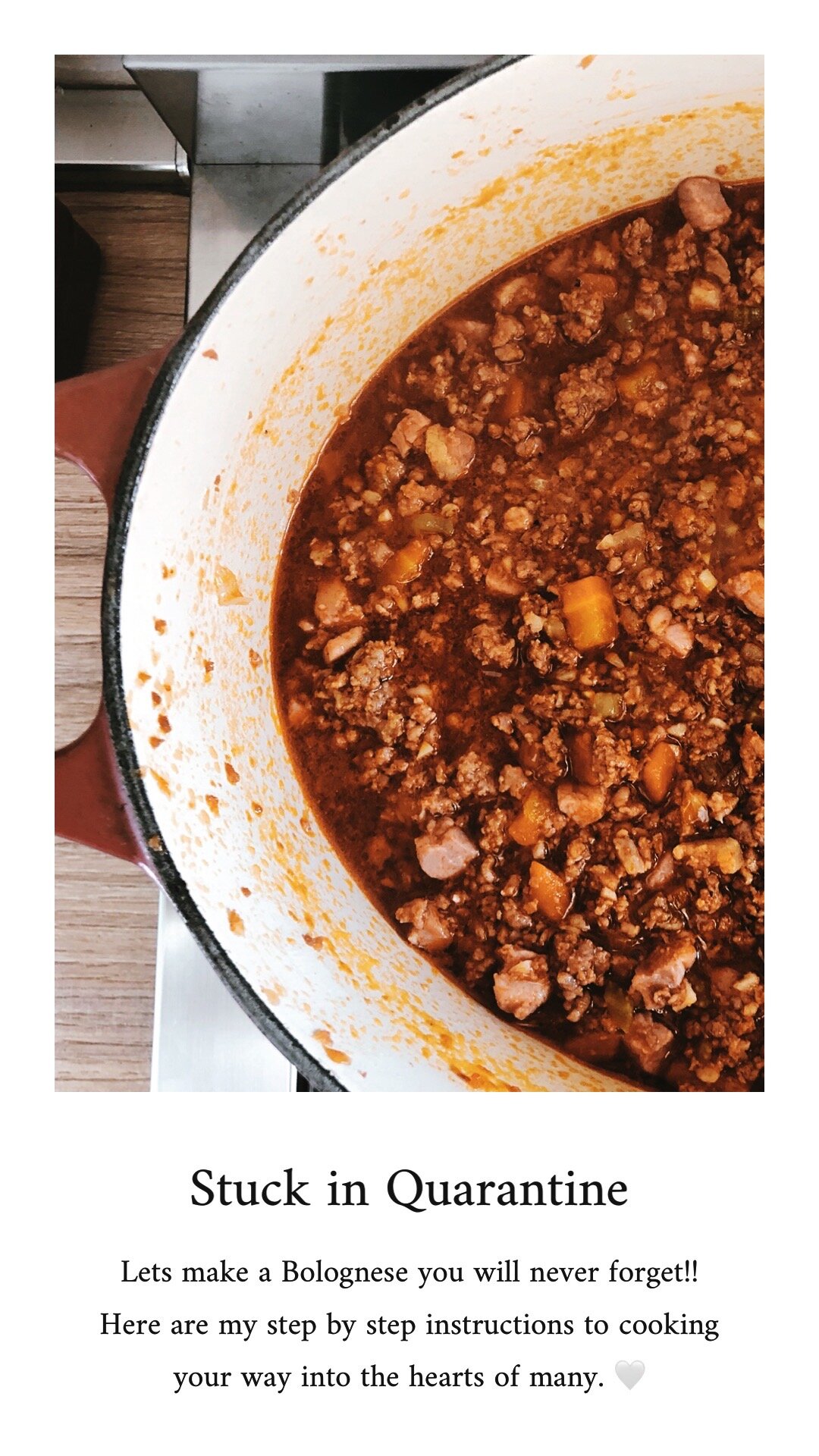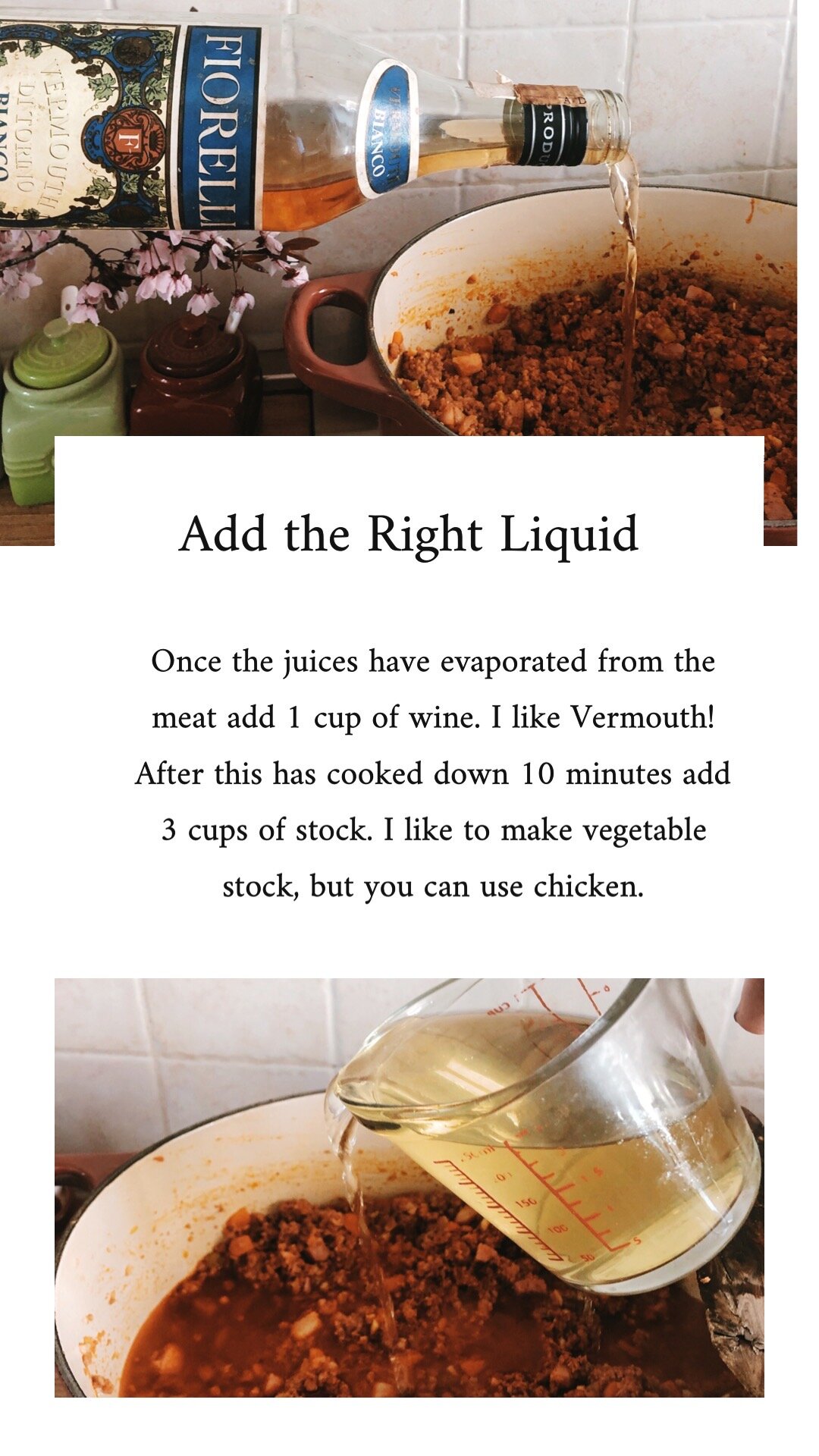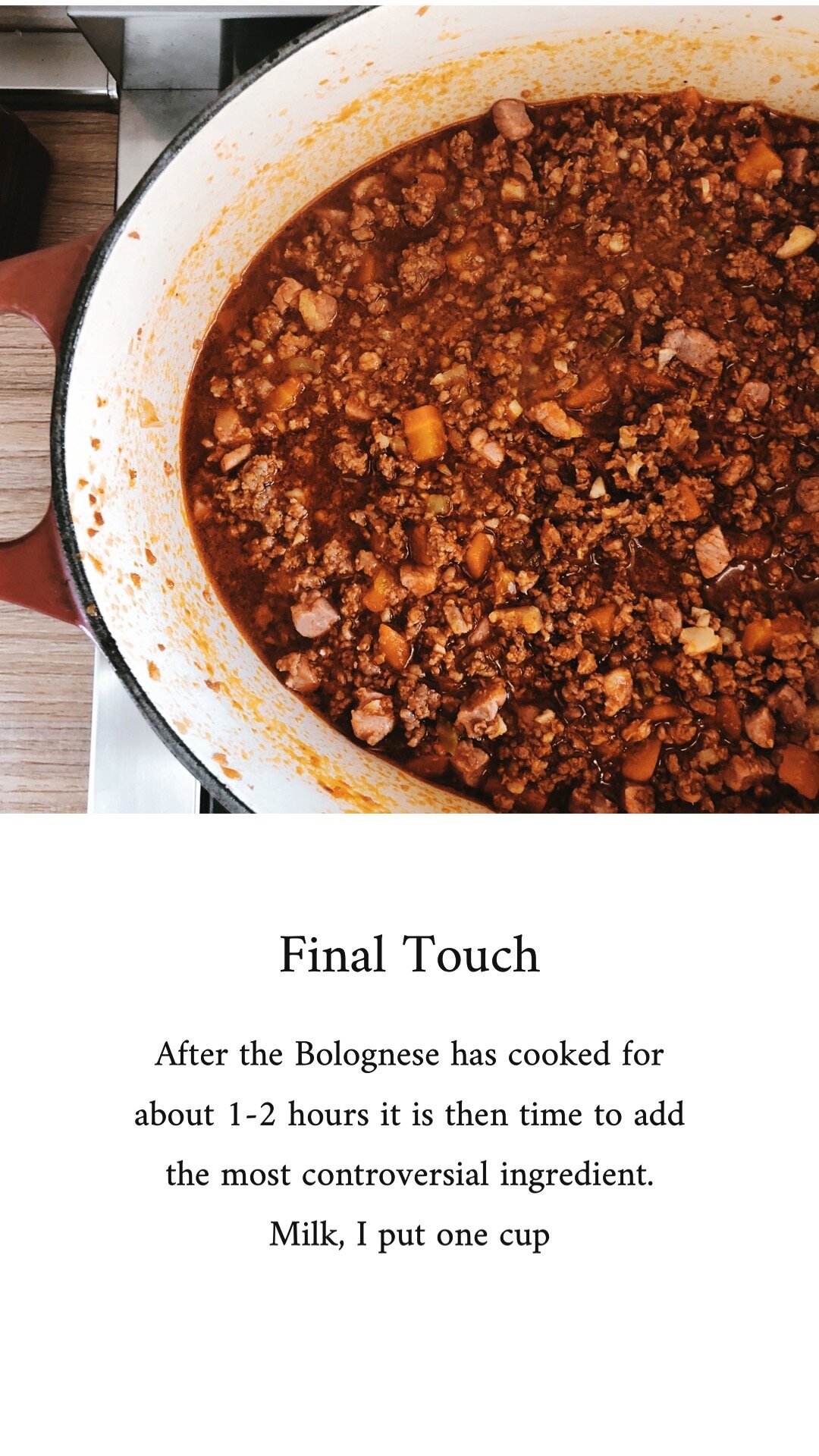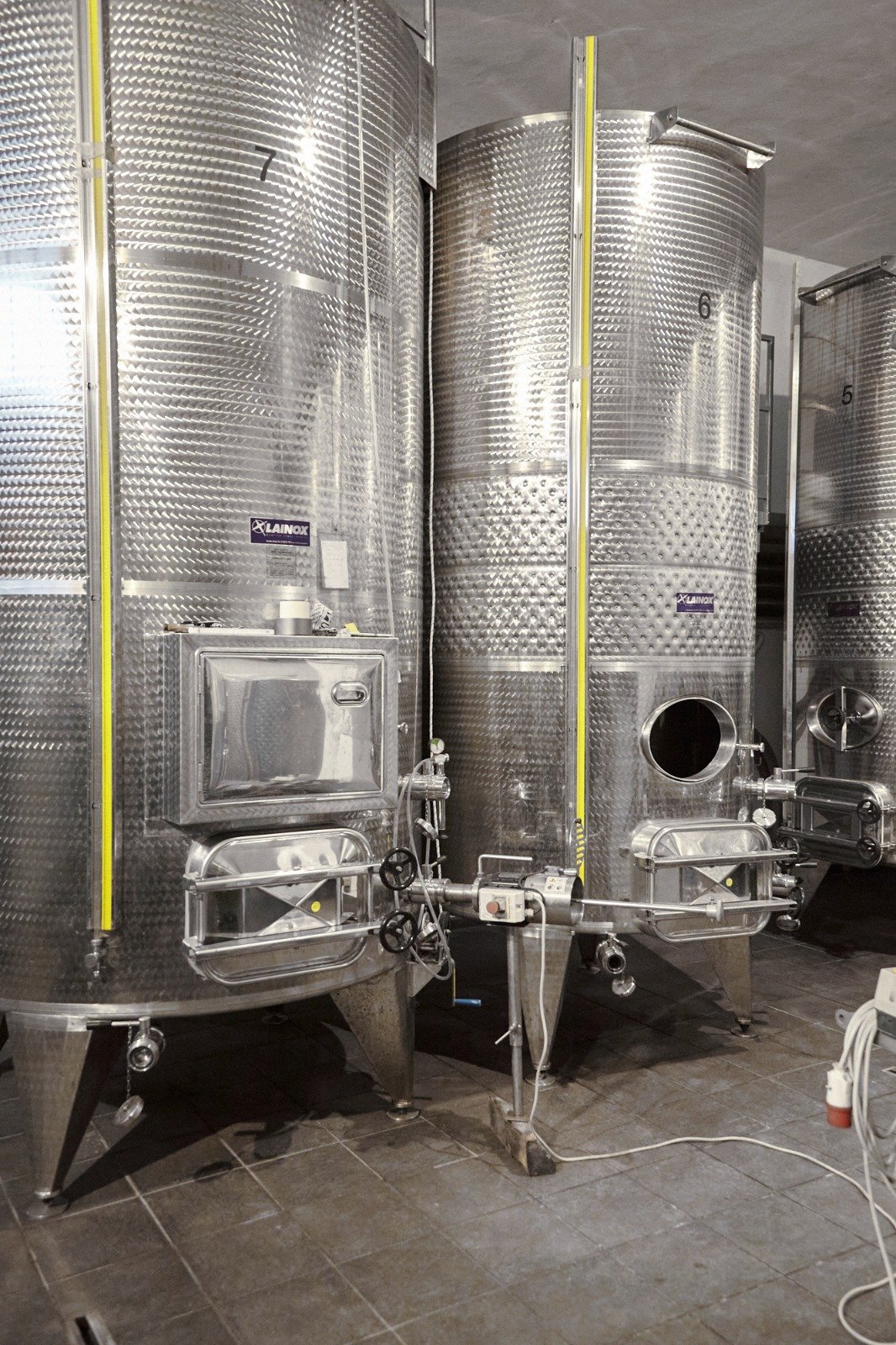The story of Agnolotti del Plin
This is a story about a life growing up around the table, many different memories but the same narrative, from everyone that I talk to about the history of the food in the region. This is a story a remembrance, of how the agnolotti was brought to the table.
The best way to impress your guests on a nice Sunday lunch would be to start with a beef tartar from the Fassone breed of cattle, seasoned with salt, pepper, and your finest olive oil and immediately after a roll of wild rabbit and herbs. For the first dish is typical to enjoy agnolotti del plin or some Tajarin with Truffles that will always hit the spot. For the main course which would typically be enjoyed over the next hour or two a bollito misto or fritto misto which are typically served piece by piece, always being accompanied by “un bon bicer" of homemade Barbera wine, that would always make everyone happy.
From Grandma’s feast which was always abundant and satisfying filled with stories, laughs, and the memories that would continue to the next day and with it brought the rich smell of when all the unused ingredients were mixed together to make the filling of the Agnolotti del Plin we know today. At the time this dish was rich and considered to be king of foods because for peasant farmers to have such rich ingredients was unknown in every other region of Italy.
A reminder that basically with all these ingredients together, you have the whole region of Piedmont in one dish. The first written documentation of the Agnolotti was in 1182 when they were brought to Liguria and were eaten by an Albegniese writer. The first written record of Agnolotti in Piedmont was in Gavi (Alessandria) in 1200 but we believe that this pasta was known also by the Arabs and could possibly have been present in this area before Christ.
Today we are going to share Gianni’s grandmothers recipe that just by this whole conversation has got Gianni chatting about the memories of his grandmother and how when she made the filling of the Plin he would stand by the bowl eating spoonfuls at a time. If there is left over filling she would take and roll out some filling on top of Prosciutto cotto and make what we would call a meatloaf.
For the filling:
200 grams or 7 ounces brut e bun this a part typically used for bollito this is the part
150 grams or 5 ounces rabbit
200 grams or 7 ounces pork capicola
200 grams or 7 ounces spinach
100 grams or 7 ounces escarole
50 grams or 3 table spoons grana padano
butter for braising the meats
1 onion yellow, chopped
2 carrots, finely chopped
2 celery stocks, chopped
1 garlic clove whole
1/2 cup white wine
sage rosemary nutmeg salt pepper
1/2 cup risotto cooked separately
2 eggs
Special equipment: Le Creuset, meat grinder or food processor
In the Creuset melt the butter then add one piece at a time to braise on all sides in the pan, once this is done remove the meat from the pan and place aside to rest. Lower the heat to medium. Once the butter has cooled down a bit add the whole clove of garlic, onions, carrots, celery, rosemary, and sage. Let cook until the onions are transparent and the vegetables are tender about 10 minutes. Add the braised meats to the pan and stir in the white wine, turn the heat up again to high and let simmer until the wine has evaporated, about 10 minutes. After add the escarole and spinach, turn the heat to low and cover the pan. Let this cook for about 3 hours, turning the meat every hour or so. This can be done the day before as you will want the meat cooled for the filling.
In a separate pan cook the 1/2 cup of risotto in vegetable broth following the instructions from the package. Let this cool as well.
The next day separate the solids from the broth (the broth will be used as a sauce later). The solids are placed in a food processor or meat grinder, with the rice. At this time adjust salt and pepper to your taste and add in nutmeg and grana padano. Then after these are mixed and taste to your liking you can now add the eggs. Mix together and your filling is ready.
Now you will need to make the dough
For the dough: (if you would like to make half or double you can add or subtract accordingly)
500g or 5 1/2 cups flour all purpose would be ideal
11 egg yolks
1 full egg
about 1/3 of a cup of water (you see how much water it needs)
Special equipment: a large wooden board, a pasta machine to roll out the dough, a pasta cutter, kitchen towels
On the wooden board you will need to make a well from the flour. Inside of the flour well place the one full egg and the 11 egg yolks and a splash of the water. By hand start to mix some of the outside flour into the eggs creating a dough, if you notice it is too dry add more water. Be careful not to break a wall of the flour or you will have eggs running all over your kitchen. If you do not feel comfortable about the egg well, you can place these ingredients into a bowl for safe keeping. Let the dough rest for about an hour under a moist towel.
*don’t through out the egg whites after you can make an angle food cake for dessert see below for recipe.
To make these pinched ravioli you will need to roll out to dough into very thin sheets. At the edge of the sheet take a full spoon of filling and with the end of another spoon, scoop some small amounts of filling in a row on the sheet close to the edge closed to you. Then take the edge of the pasta sheet closest to you and flip the sheet over coving the filling. Pat down the edge to close the from of the ravioli, then in between the filling pinch together with your index and thumb fingers the dough to close the sides of the ravioli. After cut the front part of the ravioli with the pasta cutter and then in between the ravioli. You will want to cut from you away in-between the ravioli so you end up with a little pocket shaped pastas.
Place the finished ravioli on top of a prepared baking sheet and if you are making many you can place them in the freezer. If not these will be ready to go to boiling water.
To cook the Agnolotti:
You will need to boil some water with salt and cook the agnolotti for about 2 minutes, then take out the agnolotti and place in another pan with the broth from the cooked meats from before. Let cook for another 30 seconds to coat the pasta with the sauce and then serve.
If you would like another sauce you can make the butter and sage. Melt about 1/4 cup of butter in a pan with a couple of sage leaves toss the pasta in the butter and serve.
This can also be done with a ragù or can be cooked in a meat broth brodo di Capone and enjoy like a soup. During Carnival some people will also add red wine to their brodo and this is called ravioli al vin.





















